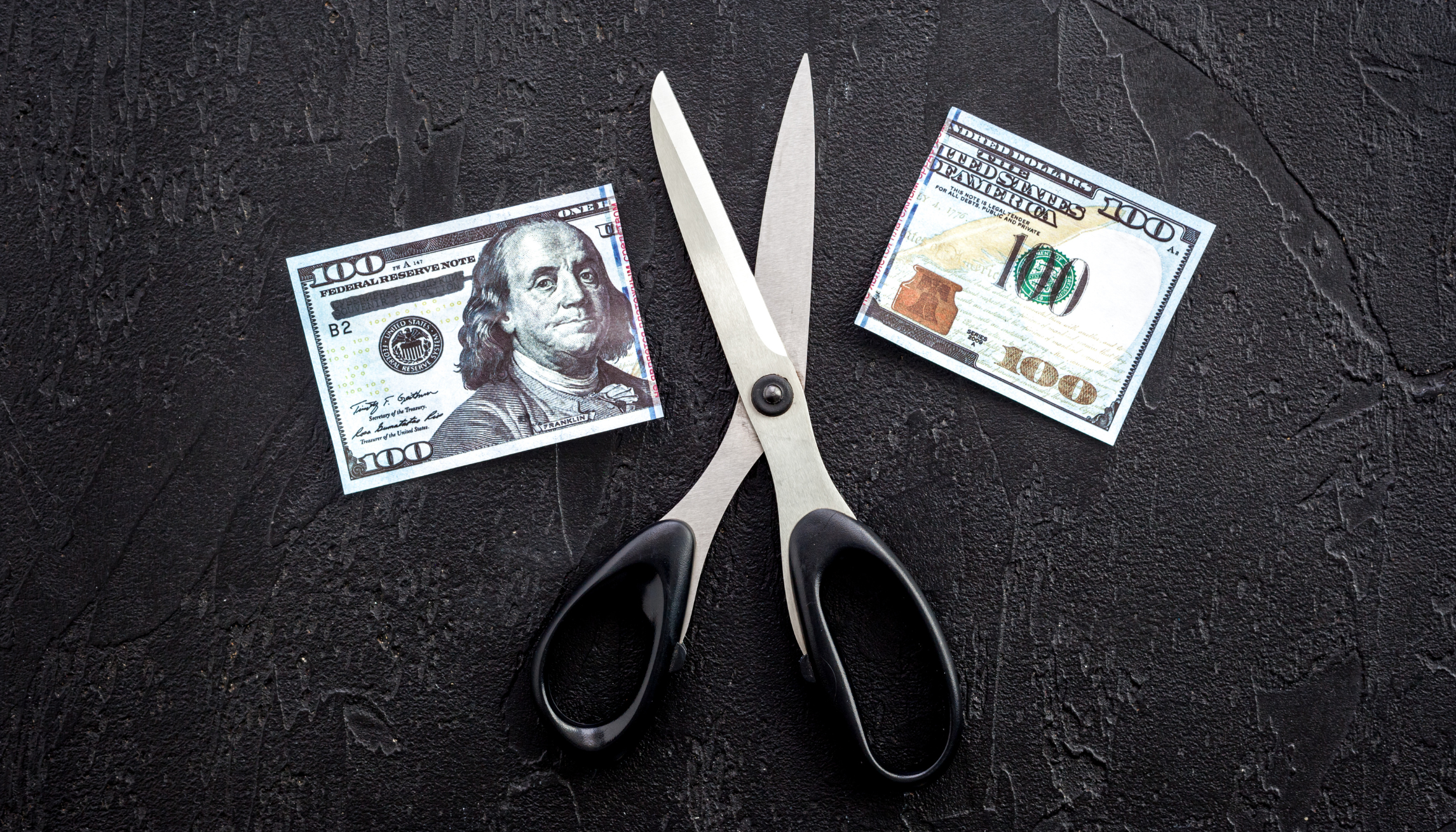Many analysts and investors believe that the US dollar’s current slide, which is the most dramatic since November, marks a turning point for the primary reserve currency of the globe. We may anticipate significant repercussions for the global economy and financial markets if their claims are accurate.
The US dollar is now fluctuating at its lowest level in more than a year, a situation brought on by signs of tempered inflation that have fanned rumors that the Federal Reserve may soon stop raising interest rates. Currency pessimists’ predictions for future trends point to an inevitable shift toward interest rate decreases, which the market largely expects to happen around 2024.
This prediction of a protracted decline in the value of the dollar is in part based on the Federal Reserve’s predicted shift from a tightening cycle to an easing cycle. This change is anticipated to further depreciate the value of the dollar even as other central banks launch their own rate decreases. In a recent note, Standard Bank’s G-10 strategy head, Steven Barrow, outlined these expectations.
The effects of a protracted decline in the value of the dollar are wide-ranging. A sustained decline in the value of the dollar can lower the cost of imports for developing countries, reducing the inflationary pressures they face. The yen, which has been continuously declining for several months, could be strengthened as a result of a turnabout in the dollar’s fortunes, upsetting trade plans that depend on a weaker yen. Additionally, a depreciated US dollar might make American businesses more competitive abroad, hurting their rivals in Europe and Asia.
Investors have been foreseeing this latest decline in the dollar for a number of months. The current sell-off has prompted fund managers, such as those from M&G Investments and UBS Asset Management, to prepare for stronger performance from currencies like the yen and those from emerging nations.
The consensus among market analysts is that the dollar will likely continue to decline over the upcoming months. The Australian dollar, New Zealand dollar, and Norwegian krone are among the currencies that are expected to do well in the near future.
Previously, rash bets on Federal Reserve rate cuts that would result in the currency’s value declining have let investors down. An analogous circumstance occurred earlier this year, when forecasts of a protracted decline in the value of the dollar were greeted by a period of stability, powered by US economic statistics that confirmed the Federal Reserve’s commitment to interest rate increases.
Georgina Taylor of Invesco Asset Management is not yet prepared to lessen her dollar exposure in light of these dangers. She thinks it is unwise to presume that inflation has been successfully contained and that any decline in the value of the dollar would be less severe than in previous cycles due to the US economy’s resiliency. She does concede that the dollar might become unstable if the Federal Reserve ends its fight against inflation, particularly if the European Central Bank keeps its interest rates high.
Measures of valuation also favor those who are against the currency. One of the lowest levels in decades has been reached for Japan’s real effective exchange rate because of the US dollar’s recent surge versus the yen. However, worries about the US’s twin deficits—its trade and budgetary shortfalls—are seen as permanent barriers for the dollar. Another potential threat to the dollar is the hypothesis of the dollar grin, according to which it normally rises during either a severe recession or a strong expansion in the US but falls during times of moderate growth.





